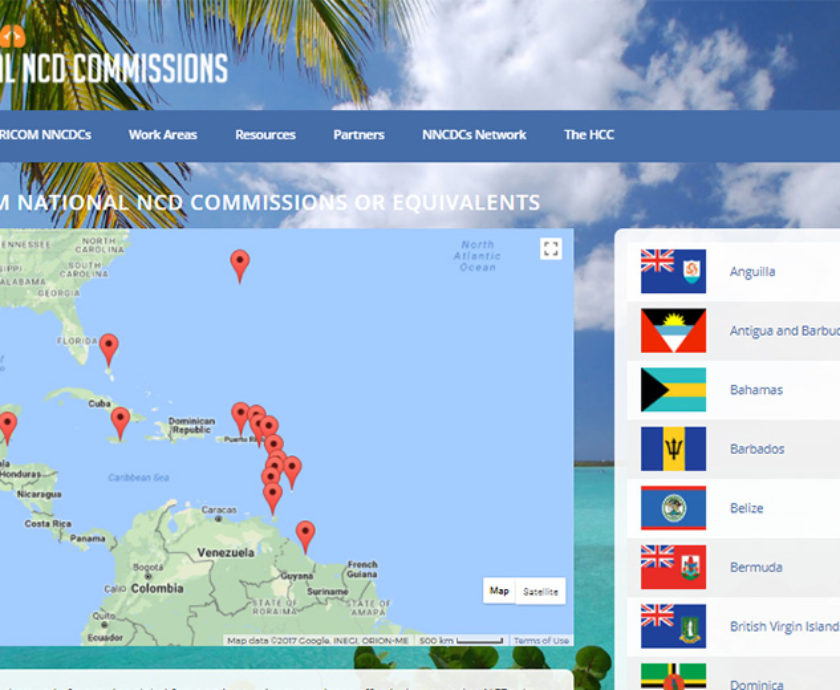The black community has a higher risk of developing type 2 diabetes and this increased risk was thought to be due to a combination of factors with genetics playing a significant role.
In a study recently published in JAMA it has been shown that there is no genetic reason linking black people to an increased risk of diabetes. The increase in risk is due to lifestyle factors like obesity.
This study looked at 4,251 black and white men and women, aged 18 to 30 without diabetes. Forty-nine per cent were black (2,066 participants) and 54% were women (2,304 participants). Participants were followed for an average of 25 years and over time 504 cases of diabetes were identified – 189 white participants and 315 black partcipants developed type 2 diabetes.
The study found that overall black men and women were more likely to develop diabetes but when they took into account factors like biology, neighbourhood, psycho-social, socioeconomic and behavioural, both black and white people had the same risk of developing type 2 diabetes. If there was an underlying genetic reason then when all those factors were taken into account then there would have still been an increased risk seen in black men and women.
When exploring what specific factors increased black people’s risk of type 2 diabetes they found that factors that were modifiable were the main culprits – body weight, waist size, blood sugar level, blood pressure and others.
Researcher Prof Mercedes Carnethon said:
“Obesity is driving these differences. The findings surprised us, because for the past 20 years there was a narrative that there must be something we haven’t found that was causing this higher rate. Blacks gained more weight over time. It was the accumulation of this and other risk factors that eliminated the so-called mysterious cause of the disparity.”
The findings for this study are empowering, in a way, as it means that clear steps can be taken to reduce the high risk seen in the black community by promoting a healthy lifestyle with lead study author Michael Bancks stating:
“To eliminate the higher rate of diabetes, everybody needs to have access to healthy foods, safe spaces for physical activity and equal economic opportunity to have enough money to afford these things and live in communities that offer this.”
The focus now has to be on ensuring that more black people live a healthy lifestyle so that health inequalities like this can be addressed. This means delving into the social and economic inequalities which may act as barriers to living a healthy lifestyle.












